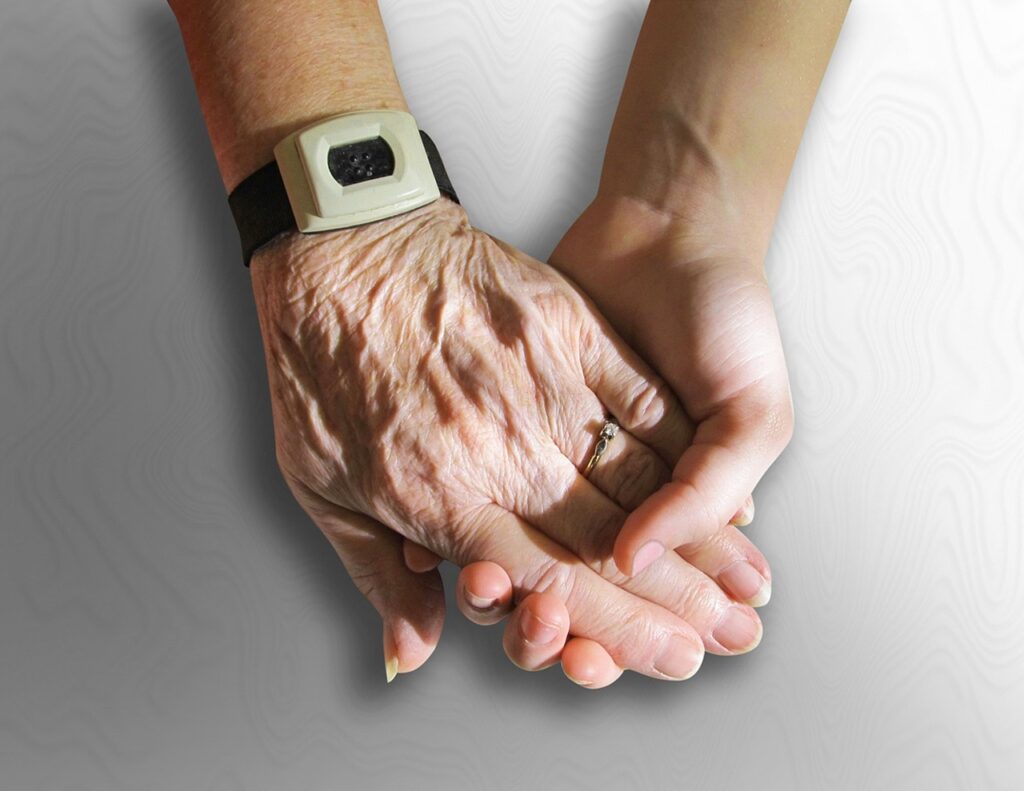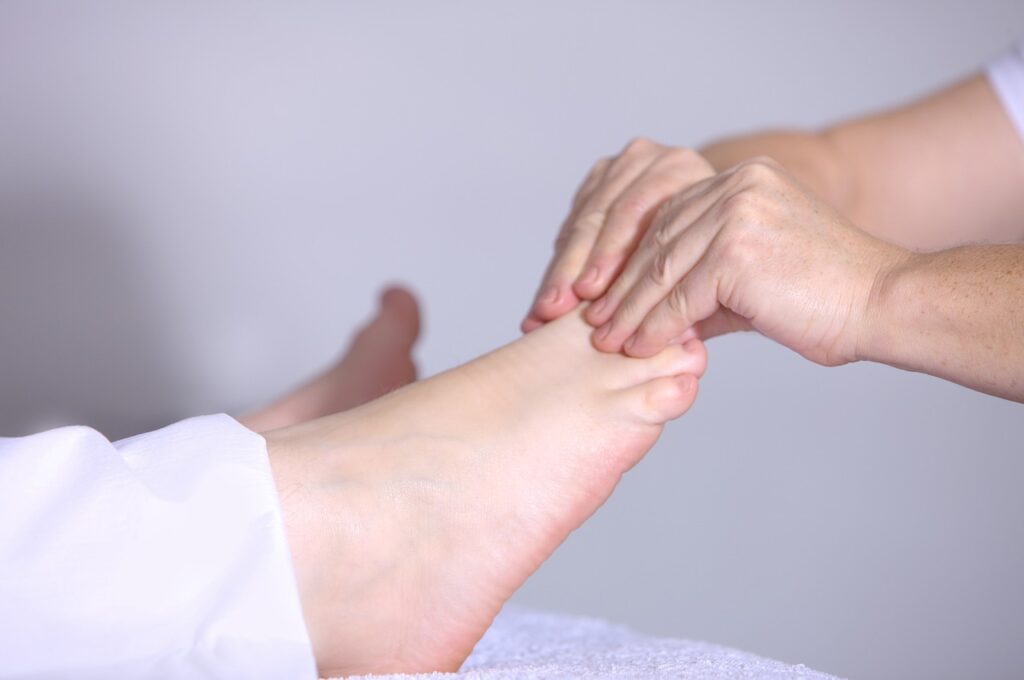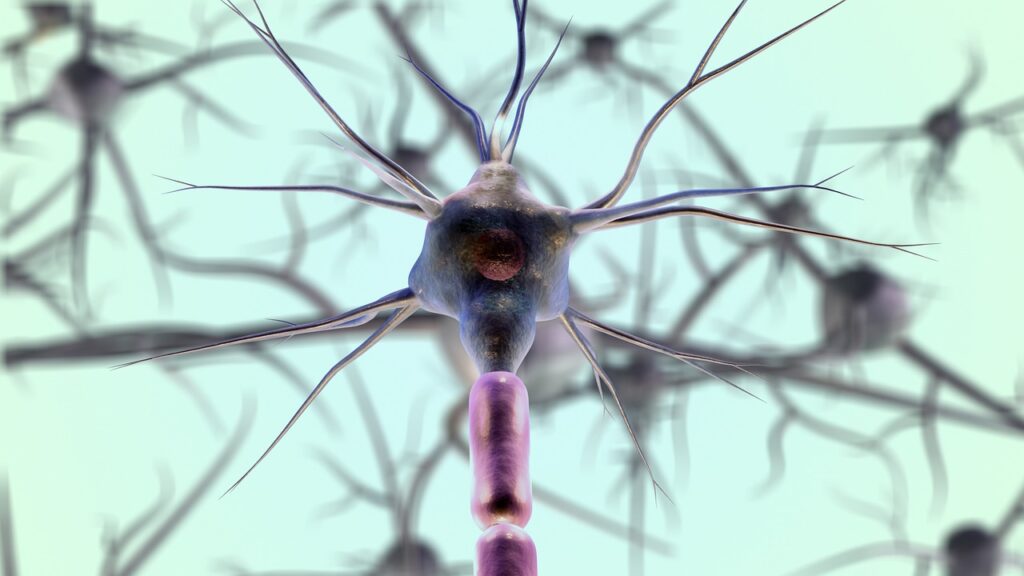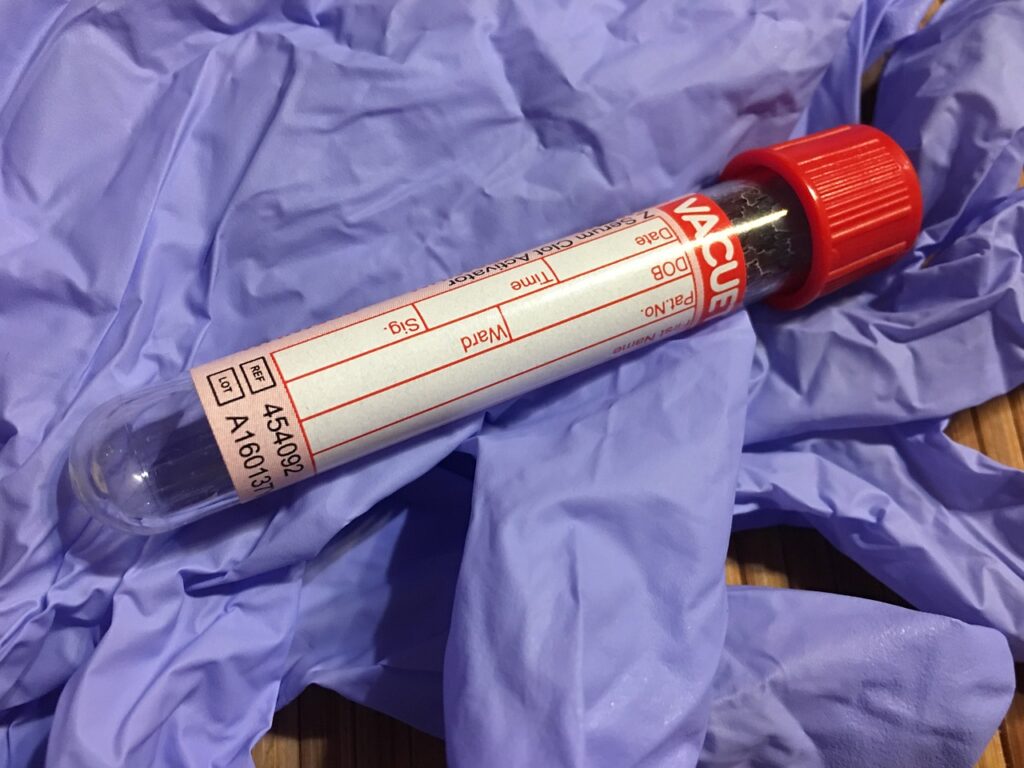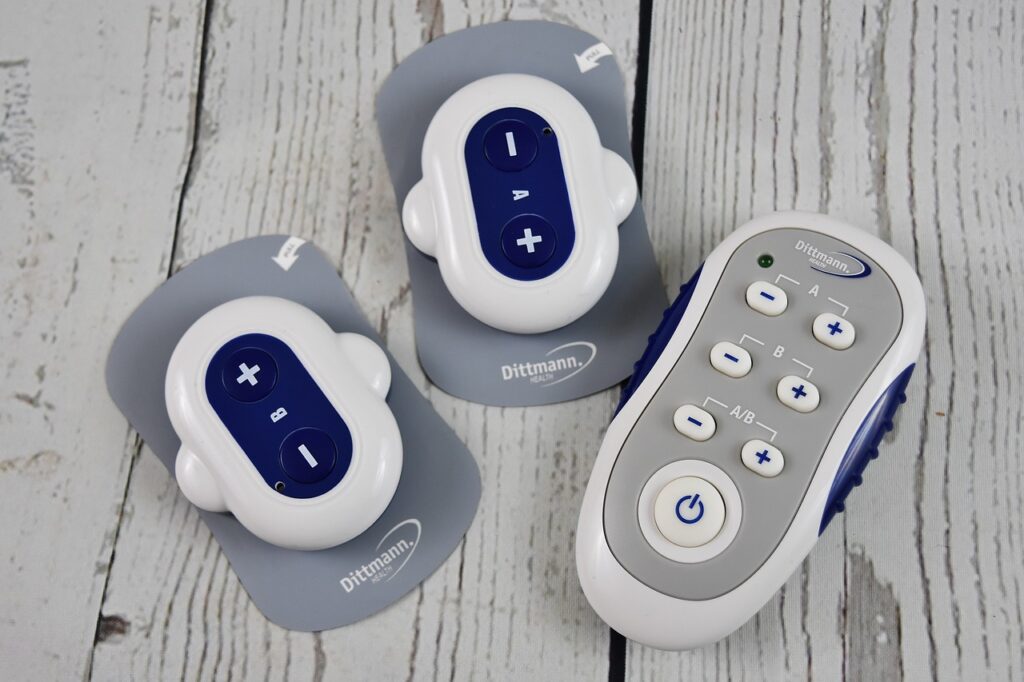Tingling Pain or Weakness?
Peripheral Neuropathy In Older Adults. Peripheral neuropathy is an umbrella term for nerve diseases that affect a specific subdivision of your nervous system. Also, many different conditions can cause peripheral neuropathy, which means a wide range of symptoms is also possible. Peripheral neuropathy can also affect different body parts, depending on how and why it happens.
Our nervous system has two parts, the central nervous system and the peripheral nervous system. Your brain and spinal cord are the two components that make up your central nervous system. The peripheral nervous system consists of all the other nerves in your body. However, it also includes nerves that travel from your spinal cord and brain to supply your face. And the rest of your body.
Peripheral neuropathy can refer to any condition affecting your peripheral nerves. So then, healthcare providers often use the terms “neuropathy” and “polyneuropathy” (meaning “disease of many nerves”) interchangeably with “peripheral neuropathy.” Peripheral nerves are farthest from the central nervous system, and they often show the earliest and most severe effects of these conditions
Peripheral Neuropathy in Older Adults
Peripheral Neuropathy In Older Adults. Peripheral neuropathy is any disease of the nerves outside of the brain and spinal cord. It causes the most marked symptoms ranging from pain to numbness in the extremities – arms and legs. Although peripheral neuropathy is caused by a number of different diseases, one of the most common causes is diabetes mellitus (sugar diabetes). Peripheral neuropathy develops as a complication after long-term diabetes and is therefore more frequently seen in older diabetics. However, there are various other causes of peripheral neuropathy which also need to be considered.
Causes of Peripheral Neuropathy
Peripheral Neuropathy In Older Adults. Nerves are the body’s ‘electrical wiring’ system – signals travel throughout the body via the nerves. Those nerves that are located outside of the brain and spinal cord are known as peripheral nerves. It carries sensations from the body to the brain and signals for controlling muscles from the brain to the different parts of the body. The nerves may be damaged or diseased in the following ways.
- Autoimmune factors are where the body’s immune system attacks the nerves and causes them to become inflamed.
- Alcohol and toxins, which irritate and damage the nerves directly.
- Compression of the nerve.
- Chronic diseases like diabetes mellitus and kidney failure where nerve damage arises due to the high levels of glucose or urea respectively.
- Infections where certain viruses and bacteria irritate or damage the nerves.
- Trauma (injury) to the nerve.
- Tumours of the nerve lining or cancers in other organs that disrupt nerve function.
- Vitamin deficiencies where certain essential vitamins for nerve function is not available in sufficient quantities.
- Other diseases such as liver disease or an underactive thyroid gland.
Symptoms of Peripheral Neuropathy
Peripheral Neuropathy In Older Adults. Symptoms can vary depending on which type of nerve is affected.
- Afferent nerves carry signals from different parts to the brain – sensory nerves.
- Efferent nerves carry signals from the brain and spinal cord to different parts of the body – motor nerves.
- Mixed nerves carry both sensory and motor signals.
When the sensory (afferent) nerves are affected then a person may experience :
- Burning and pain.
- Tingling and “pins and needles”
- Numbness
If the motor (efferent) nerves are damaged or diseased then a person may notice :
- Muscle weakness
- Paralysis
Some nerves carry signals to muscles that cannot be controlled voluntarily (autonomic nerves). These nerves and muscles may be responsible for :
- Bladder function
- Bowel movements
- Blood pressure
- Heart rate
- Digestion
Therefore these functions in the body are affected and there will be related symptoms present.
In older adults, the symptoms of these diseased or damaged nerves can further compound existing age-related problems with sensation, muscle strength and movement, bladder and bowel function, digestion and blood pressure.
Diagnosis
Peripheral Neuropathy In Older Adults. Peripheral neuropathy has many potential causes. Besides a physical exam, which may include blood tests, diagnosis usually requires:
- A full medical history. Your doctor will review your medical history, including your symptoms, lifestyle, exposure to toxins, drinking habits and a family history of nervous system (neurological) diseases.
- Neurological examination. Your doctor might check your tendon reflexes, your muscle strength and tone, your ability to feel certain sensations, and your posture and coordination.
Tests you may Undergo
Peripheral Neuropathy In Older Adults. Your doctor may order tests, including:
- Blood tests. These can detect vitamin deficiencies, diabetes, abnormal immune function and other indications of conditions that can cause peripheral neuropathy.
- Imaging tests. CT or MRI scans can look for herniated disks, pinched (compressed) nerves, tumours or other abnormalities affecting the blood vessels and bones.
- Nerve function tests. Electromyography (EMG) records electrical activity in your muscles to detect nerve damage. A thin needle (electrode) is inserted into the muscle to measure electrical activity as you contract the muscle. At the same time, your doctor or an EMG technician obtains an electromyogram, he or she typically performs a nerve conduction study. Flat electrodes are placed on the skin and a low electric current stimulates the nerves. Your doctor will record your nerves’ responses to the electric current.
- Other nerve function tests. These might include an autonomic reflex screen that records how the autonomic nerve fibres work, a sweat test that measures your body’s ability to sweat, and sensory tests that record how you feel touch, vibration, cooling and heat.
- Nerve biopsy. This involves removing a small portion of a nerve, usually a sensory nerve, to look for abnormalities.
- Skin biopsy. Your doctor removes a small portion of the skin to look for a reduction in nerve endings.
Treatment
Peripheral Neuropathy In Older Adults. The key to treating peripheral neuropathy is to identify the underlying cause and treat it accordingly. Most of the symptoms will improve and even resolve if the nerve damage is not permanent. The pain can be relieved and managed over the long term with various types of medication but this is not a permanent cure.
Sometimes treatment with electrical current can improve the symptoms of peripheral neuropathy. This type of treatment is known as transcutaneous electrical nerve stimulation (TENS). As with medication for pain relief, it only offers temporary relief of symptoms. But, it is not a cure.
In Conclusion
If you think you are suffering from peripheral neuropathy. Do not ignore the symptoms, you need your doctor to help you identify the underlying cause. A medical examination is the best way to find the cause and treat the condition. Peripheral neuropathy can be difficult to live with, it is particularly difficult when age is a factor.
Important Note *
Remember that everyone is different, it is ultimately YOUR RESPONSIBILITY to find what your body responds to. So please do your due diligence before trying anything new, including getting Medical Advice to ensure your safety and peace of mind.
Connect with me and leave a comment or two on my social media.
